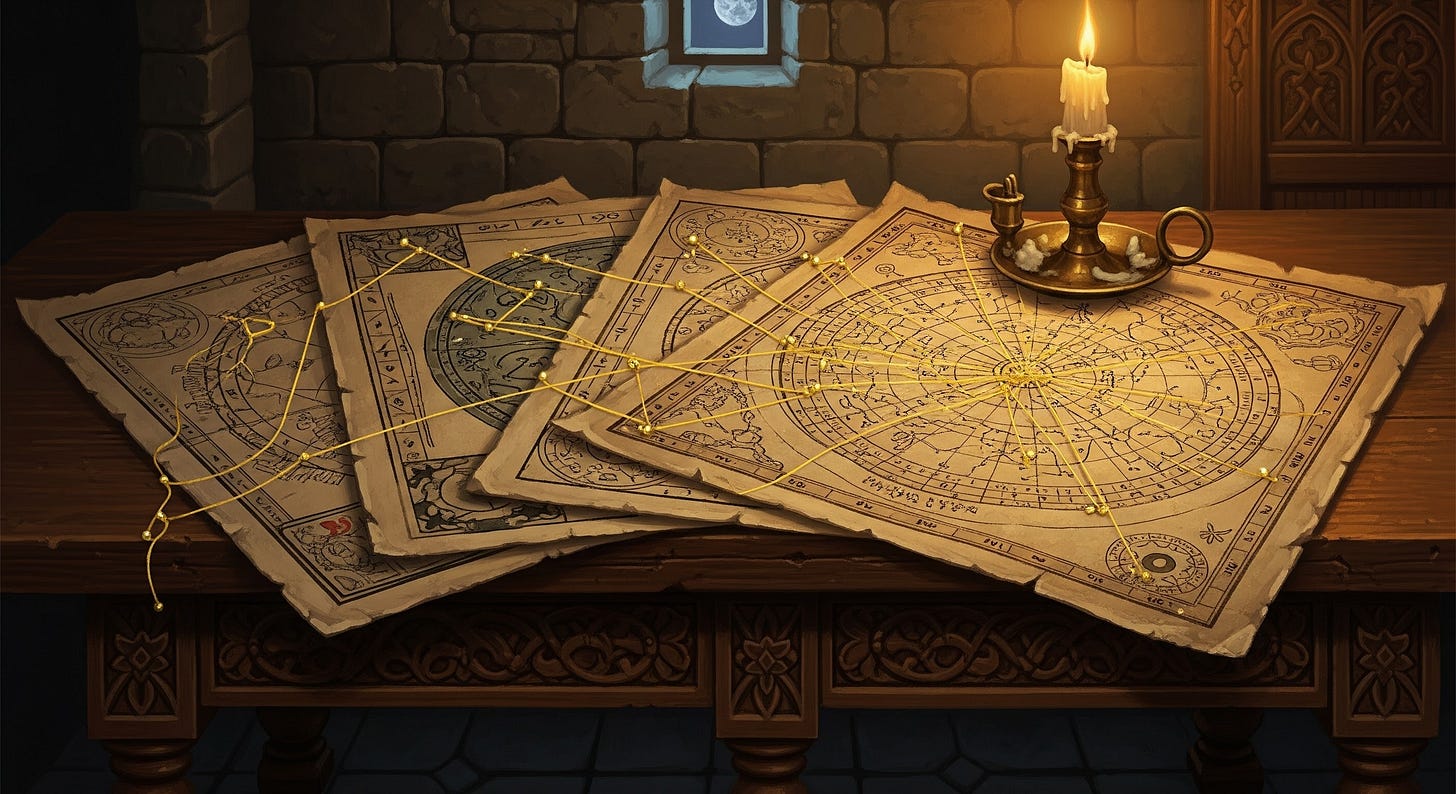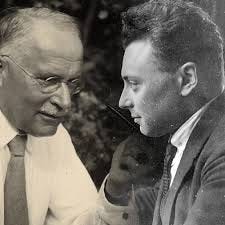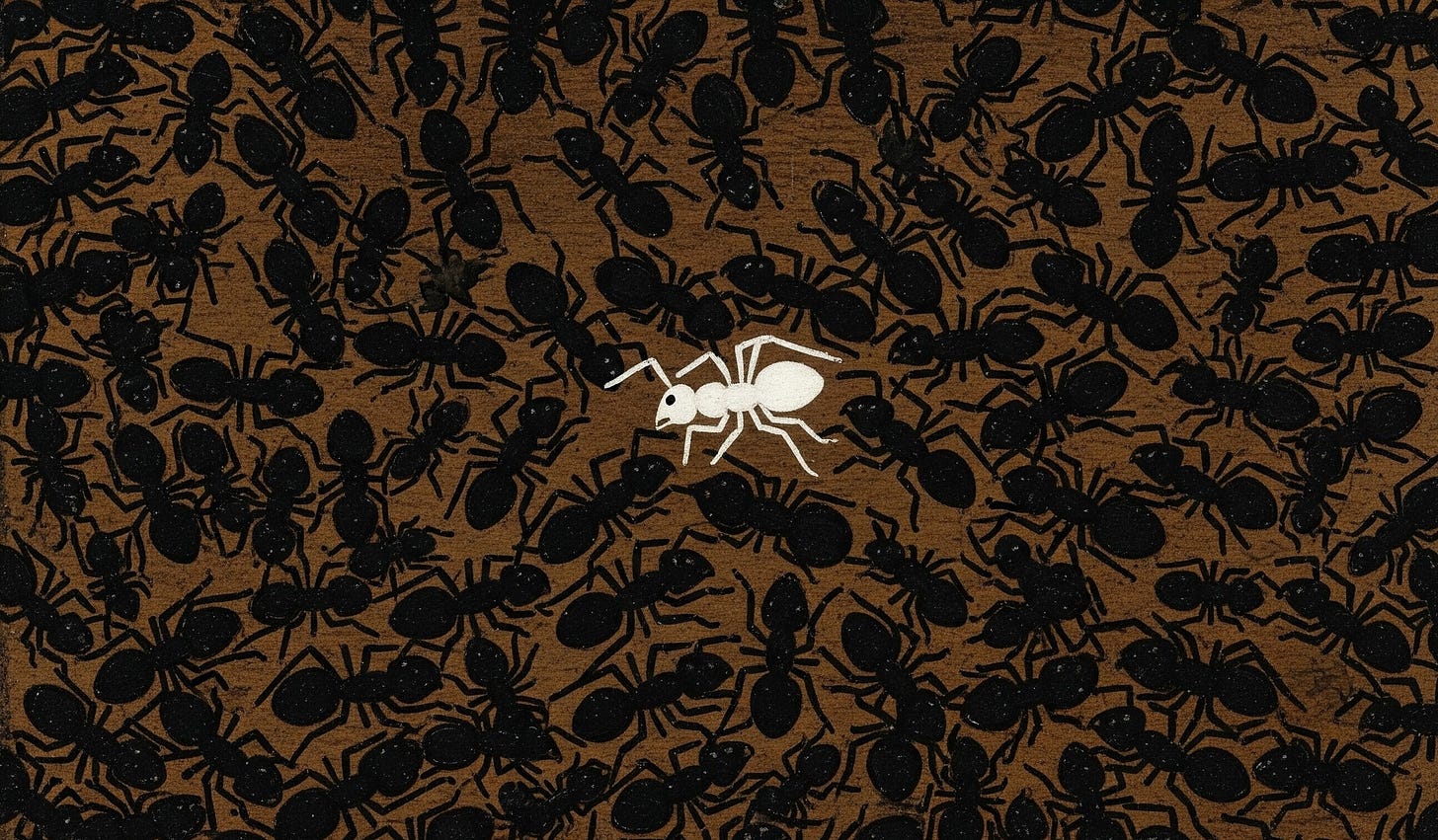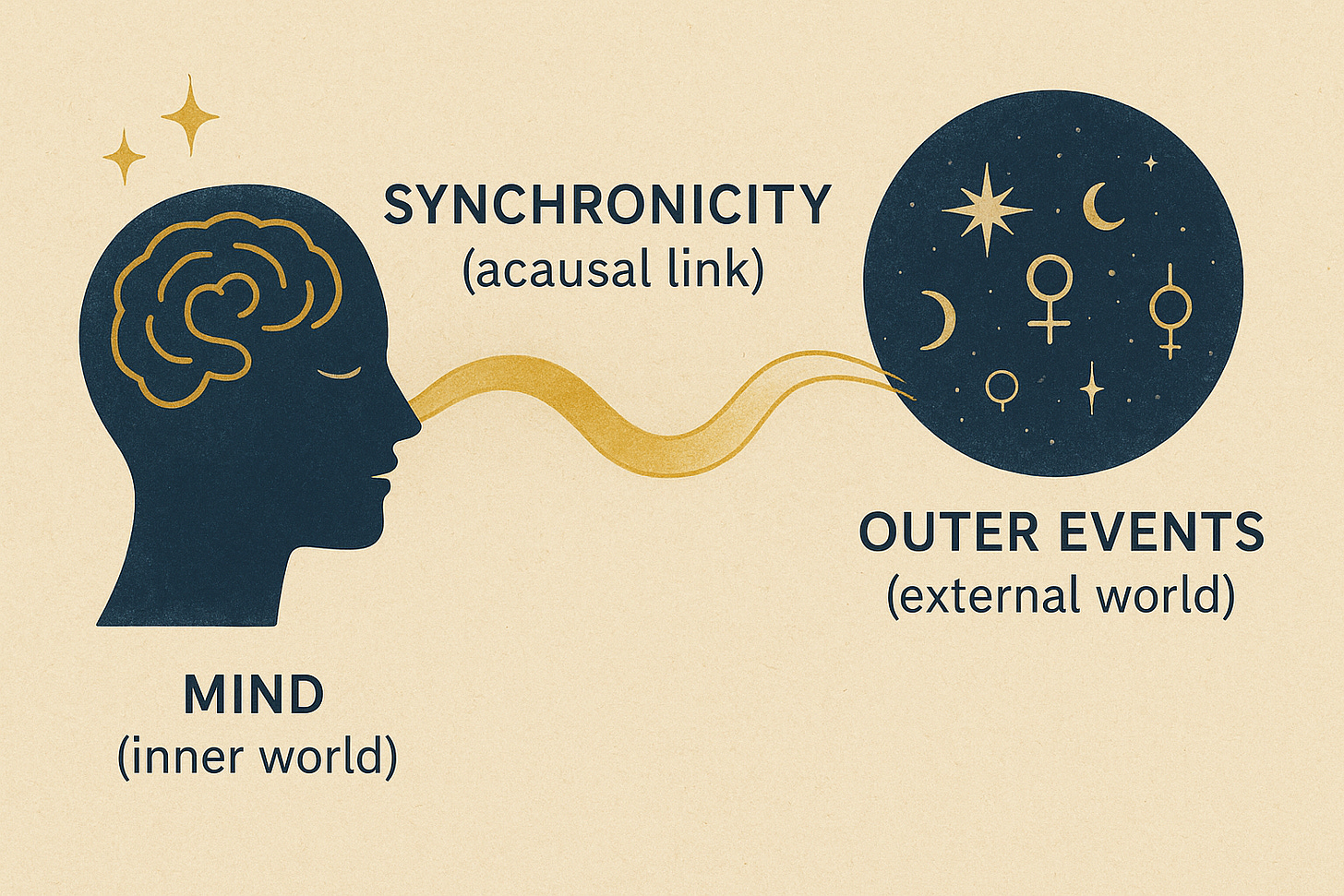Carl Jung’s curious experiment to test synchronicity
Does synchronicity exist?
Proposal: We said that we can use synchronicities to ignite the spark of personal transformation, but that is not enough; we should take synchronicity more seriously, since the fact that it exists and that we are purely rationalist and act as such leads us to deny a deep dimension of reality that operates parallel to cause and effect. We are acting against one of the laws that seem to govern the totality of human experience. That is why it is important to know the experiment Jung carried out to detect synchronicities and thus begin to challenge our purely causal way of thinking. So I ask for your full attention and support for this article.
Why did Carl Jung carry out an experiment to detect synchronistic events?
The psychoanalyst did not stop at the simple conjecture that there existed a phenomenon in opposition to causality (cause and effect); he needed to resolve the question of whether synchronicity exists or not. For that reason, in the 1950s he carried out this experiment and also wrote the book Synchronicity in collaboration with the physicist Wolfgang Pauli.
The experiment
Jung used astrology to detect synchronistic manifestations in the readings of natal charts (the positions of the planets at the moment of our birth) of couples.
It is worth noting that in traditional astrology, certain “aspects” (angles between planets) are associated with marriage. Above all, Jung noticed that ancient traditions claimed that conjunctions such as Moon–Sun or Moon–Ascendant indicate happy marriages, so he set himself the task of massively analyzing the natal charts of couples to see if there were synchronistic patterns consistent with that idea.
The great question was not: “Does astrology work?” but: “Does synchronicity exist?”
To do this, Jung asked friends in Zurich, London, Rome, and Vienna for hundreds of birth dates of real married couples. He did not tell them why, to avoid biases—such as his friends selecting “ideal” couples.
Subsequently, he made the astrological readings with the idea that if traditional astrology claims that certain planetary aspects (such as the Sun–Moon conjunction) are typical of marriage (a synchronistic fact from the Jungian perspective), then those aspects would appear more often in the charts of real married couples than in random pairings. If not, then it would simply be chance.
In this way, the experiment began with a batch of 180 marriages whose birth charts were recorded. Then those same 180 women and 180 men were “paired” randomly with everyone they were not married to, creating a huge control group of 32,220 “false” couples, whose charts were also analyzed.
Advertising note: If you truly wish to learn how to work with your unconscious, I invite you to study the powerful technique of active imagination (practiced by Carl Jung) under the guidance of the renowned Jungian psychoanalyst Dr. Ken James. You will learn to transform your soul through profound dialogues with your unconscious, archetypes, and dreams. Click here for more information.
The Results: The White Ant!
What they found at first was so incredible that Jung himself explained it through the analogy of the white ant:
In the first batch of 180 marriages, the “classic” aspects that astrological tradition associates with marriage appeared with a frequency much higher than would be expected by pure chance. By contrast, in random pairings the results clustered very close to the average. If one expected a connection to appear 8 times, it appeared 8, 7, or 9 times—but never 18 or 20.
Jung said what happened was like having three boxes:
Box 1: 1,000 black ants and 1 white ant.
Box 2: 10,000 black ants and 1 white ant.
Box 3: 50 black ants and 1 white ant.
Then making a small hole in each box and asking: what is the probability that the first ant to come out of each of the three boxes is the white one?
The probability is astronomical (1 in 10 million, according to the psychoanalyst). According to Jung, that is what happened, since the three most “classic” and traditional astrological aspects appeared first in his three initial batches of data.
Jung suspected this perfect result. He decided he needed more data, so the team gathered a second batch of 220 couples and a third, bringing the total to 483 marriages. Later, Jung noticed that as the experiment progressed and enthusiasm about it diminished, the results favoring synchronicity began to level off.
Jung believed that the interest, emotion, and expectation of himself and his collaborator while conducting the experiment contaminated reality and caused chance to organize itself in a meaningful way for them—right at the beginning.
What is the message of this experiment?
The main message of Carl Jung’s synchronicity experiment does not lie in the validity of astrology but is profoundly revealing about the nature of reality and the psyche. The evidence indicated that there exists a principle of acausal connection (non-linear and in opposition to cause and effect) operating in reality, linking the state of the inner psyche with external events.
Therefore, it invites us to take seriously those “coincidences” that have a deep personal meaning.
It is worth noting that I found this experiment quite relevant, and therefore I brought it summarized in an article before continuing with this series on synchronicity and going deeper into the topic.
Furthermore, I believe that at this point we should seek ways to use our synchronicities in our process of transformation. Some of the ideas I propose are:
Pay attention to and record the synchronistic events that happen to us every day.
Begin to interpret everything that happens to us as part of ourselves, so we stop projecting and adopt a more centered view.
Engage in a deep spiritual practice such as meditation or active imagination that makes us more sensitive to these events and their meaning.
Note: In recent days I’ve had a very particular synchronistic event—looking at the clock exactly at 11:11. Have you had any synchronistic event lately that you would like to share in the comments to enrich this article? I’ll be reading them.
Remember: I’ve committed myself to deeply studying all of Jung’s work and also to freely sharing what I learn, so my content will always be free. But if you’d like to support my project, I’d gladly accept a coffee:
P.S. Lately, Substack has drastically reduced the visibility of publications, so a like or restack on this article would also be of great help to the blog.
I also recommend that you read my following publications:
How to Ignite the Spark of Personal Transformation Through Synchronicity
How to Use Synchronicity to Achieve Our Maximum Psychological Development
Source:
Carl Jung, Synchronicity, Chapter Two, “An astrological experiment”.






The most compelling way to understand synchronicity is to look simultaneously at how the human mind works and how it interacts with the fabric of reality. What we call “meaningful coincidences” are not proof that the universe rearranges itself specifically for us, but rather the appearance of patterns that become visible when the mind enters a particular state. This state is the rare “gap moment” in which we momentarily slip out of our evolutionary, cultural, and biological thought patterns.
Normally, the human being thinks through millions of years of evolutionary reflexes, thousands of years of cultural conditioning, and a lifetime of personal memory. These layers protect the mind, but they also limit it—acting as a filter. We don’t see reality as it is; we see it through the structures our mind already knows. As a result, the subtle patterns that exist in the flow of existence often remain invisible.
But when a person reaches a threshold in life and sincerely asks, “How am I going to do this?” a small rupture opens in this filter. The mind steps out of what it thinks it knows and shifts into uncertainty, openness, and search. In that moment, evolutionary programs loosen, cultural automation slows down, and perception expands. This moment of cognitive openness is the threshold through which synchronicity becomes perceptible.
Synchronicity does not show that the universe is human-centered; instead, it indicates that when the mind becomes ready to align with reality, it finally notices the patterns that were always there. This is why synchronicistic events feel like signs “coming to us.” In truth, the signs were always present—we simply gain the capacity to see them when the mind enters a specific state of awareness.
Thus, synchronicity is not a supernatural miracle but the natural result of the human mind temporarily transcending its layers and coming into contact with the inherent order of existence.
Wild how Jung runs a giant astrology experiment just to prove synchronicity, and the universe basically leans in and says, “Oh, you’re paying attention now? Cool, watch this.” The part that gets me is how the strongest results showed up when Jung and Pauli were the most emotionally invested. Once they got bored, the cosmos clocked out too. That’s not astrology working. That’s the psyche tugging on reality like a kid shaking a vending machine for extra snacks.